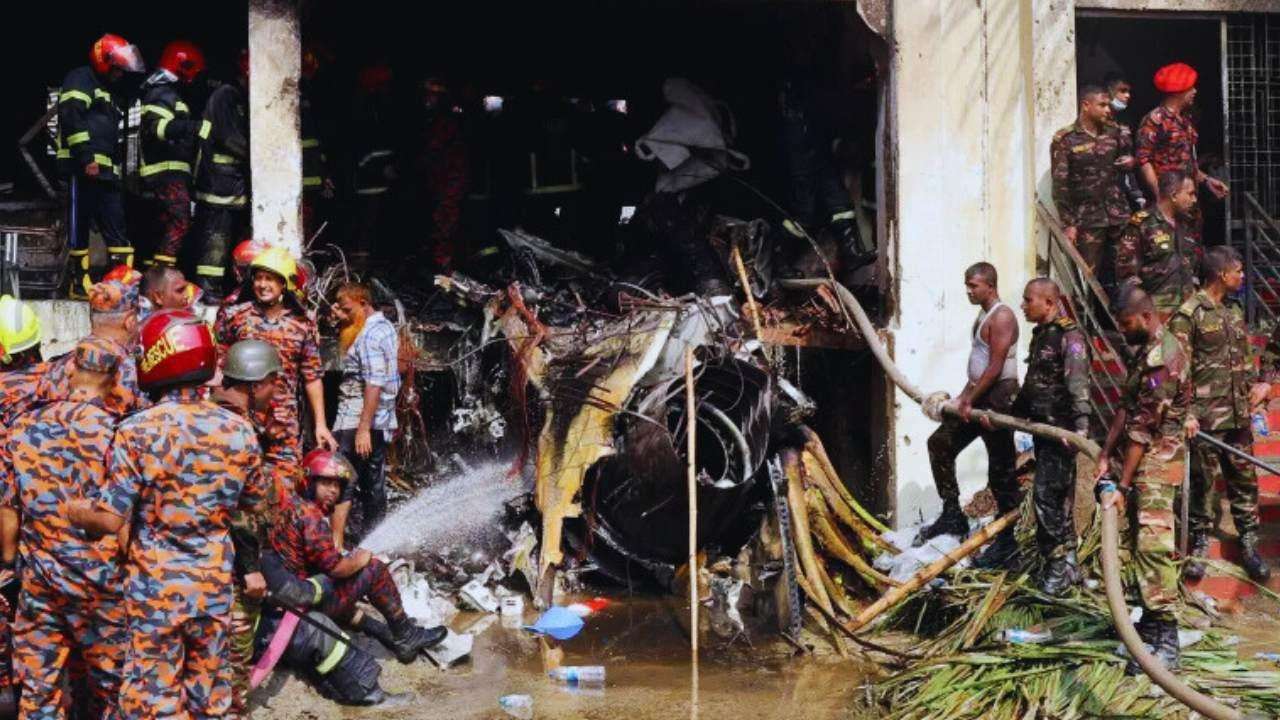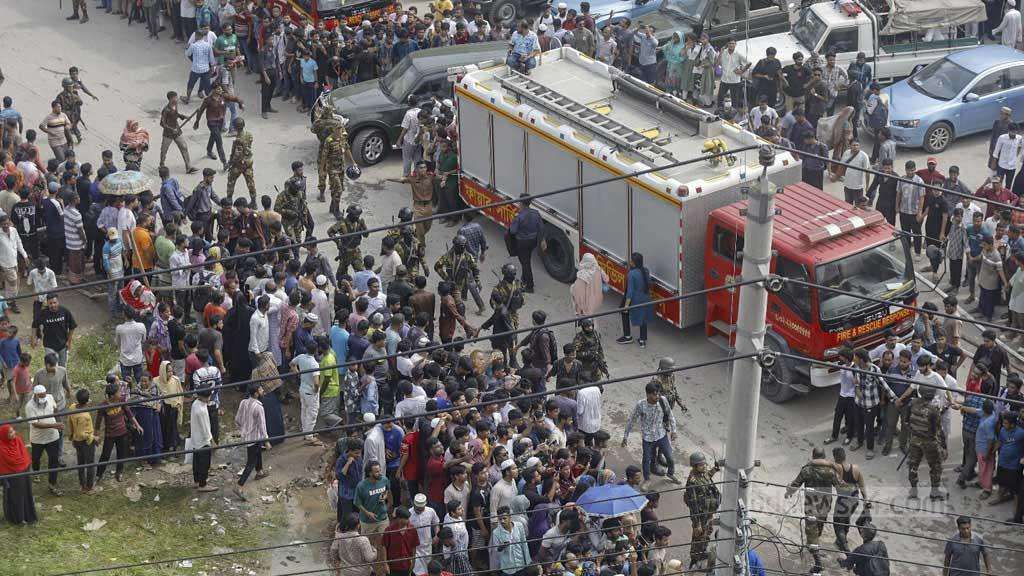A Bangladesh Air Force F-7 BGI jet, a variant of the Chinese-designed Chengdu F-7 fighter, catastrophically crashed into a school campus in Dhaka on Monday, claiming at least 19 lives and injuring over 160. The horrific incident has thrust the operational safety of the Air Force's aging fleet into sharp focus, with questions mounting about the continued use of this vintage aircraft for training missions.
The capital was gripped by tragedy as the F-7 BGI, described as a training aircraft, plummeted into the Milestone School and College in Uttara shortly after takeoff at 1:06 PM local time. The impact ignited an immediate inferno, leaving a trail of devastation and a significant death toll, including the pilot. Many of the injured were students on campus for afternoon classes, turning a routine day into a nightmare.
The Jet's Pedigree and Perceived Risk
The F-7 BGI, acquired by Bangladesh between 2011 and 2013, is a modernized version of the Chinese Chengdu F-7, which in turn is a derivative of the iconic Soviet-era MiG-21. While the F-7 BGI represents the most advanced iteration of the F-7 series, the fundamental design dates back to the 1960s. Production of the Chengdu J-7 series concluded in 2013, making these aircraft, even the later variants, technically "vintage" by modern aviation standards.
While the Bangladesh Air Force has maintained that the F-7 BGI remains a cost-effective and reliable platform for pilot training and certain combat roles, its age, when compared to contemporary fighter jets, brings inherent limitations. The F-7's design, characterized by a delta wing for high maneuverability, also means it lacks the advanced flight control systems and safety margins of newer aircraft. Although not universally deemed "unsafe" to the point of being grounded, the series has a reported history of accidents globally, often linked to mechanical failures or the demanding nature of training flights.
Global Trends and Local Concerns
Many air forces worldwide that once heavily relied on the Chengdu J-7/F-7 have been systematically retiring them. Notably, China's People's Liberation Army Air Force (PLAAF), the original developer, has been phasing out its J-7 fleet since 2018, with a complete retirement from combat service expected, replaced by more advanced fourth and fifth-generation fighters. Pakistan, another significant operator, has also begun to replace its F-7 variants with more modern aircraft. This global shift away from the F-7 raises valid concerns about its continued role in the Bangladesh Air Force, especially for demanding training exercises.
The Crucial Question: Why Did it Crash?
The precise cause of Monday's crash is now the subject of a high-level investigation by a committee formed by the military. The Inter-Services Public Relations (ISPR) has indicated that the aircraft "experienced a technical malfunction," though full details await the investigation's findings. Crucially, the ISPR also noted that the pilot made "every effort to divert the aircraft away from densely populated areas" towards a more sparsely inhabited location, suggesting a critical in-flight emergency that the pilot valiantly attempted to mitigate, preventing what could have been an even greater disaster in the heavily urbanized Uttara.
The investigation will undoubtedly scrutinize several key areas to determine the root cause of this tragedy. Mechanical failure, particularly concerning the engine or critical flight systems, will be a primary focus, given the aircraft's age and the stresses of training. Maintenance records and procedures will be rigorously examined to ensure that the aircraft was in optimal operational condition. While the pilot's actions suggest heroism, human factors, including any potential disorientation or misjudgment during a sudden emergency, will also be considered. External factors, though less likely for such a rapid descent, could also be explored.
As the nation mourns the profound loss of life, the findings of this investigation will be paramount in not only understanding why this F-7 BGI crashed but also in informing future decisions regarding the operational readiness and safety protocols for the Bangladesh Air Force's fleet.








.svg)


